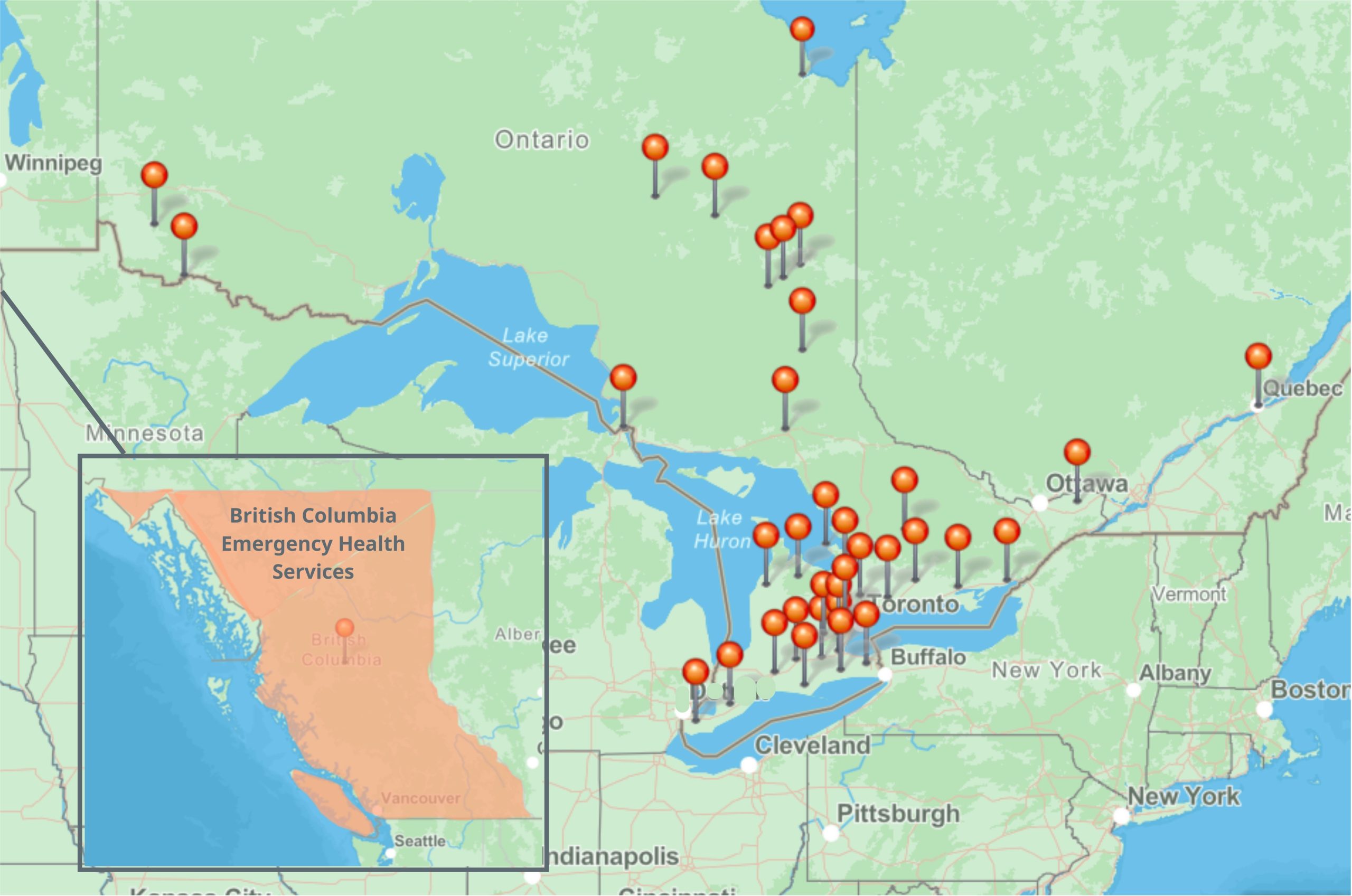Community Paramedicine at Clinic (CP@clinic) is an innovative, evidence-based chronic disease prevention, management, and health promotion program that seeks to:
Improve older adults’ health and quality of life, and reduce their social isolation
Better connect older adults with primary care and community resources
Reduce the economic burden of avoidable 911 calls by older adults
0Lives Improved
"When the CP@clinic paramedics come, you sit down and talk to them, and you find out it’s not something you needed to go to the hospital for... you get peace of mind"
~ Quote from CP@clinic Participant
0Paramedic Services
To date, 33 paramedic services across Ontario are running CP@clinic. Program expansion across Ontario and Canada is in progress!
0CP@clinic Sites
Current CP@clinic locations include 184 social housing buildings. Shelters coming soon!
Partners

Dr. Gina Agarwal and the McMaster Community Paramedicine Research Team were awarded Health Care Policy Contribution Program (HCPCP) funding by Health Canada to expand the innovative Community Paramedicine at Clinic (CP@clinic) program with paramedic services across Canada.





